|
As I mentioned in my previous blog post, I split my time this spring between Pelee Island and various birding hotspots on the north shore of Lake Erie (Point Pelee, Rondeau, Long Point). Pelee Island holds a special place in my heart as I went on several childhood camping trips there with my grandparents, and these trips were instrumental in fostering my love of snakes. After going over twelve years between visits to Pelee Island, I finally returned in the spring of 2022. Normally I spend most of May at Point Pelee, but I was becoming a little disillusioned with how busy the park had become during the Festival of Birds, and I was hoping to escape the crowds and really focus on the birds. I have returned in the two springs since. This year I spent five nights on the island. Not nearly enough time mind you, but it was great to get away for a few days.
0 Comments
May is the most wonderful time of year here in the Great Lakes region, if you are a birder, that is. The first three weeks of May are when the largest quantities of Neotropical migrant birds appear in Ontario, eager to reach their breeding grounds to create the next generation of their species, after spending the previous half-year at their winter homes in the Caribbean, Central America, the Andes and the Amazon basin. As I write this it is May 20. We are a touch past the peak of spring migration, but many millions of birds are still winging their way north each night, and will continue to do so for several more weeks. Spring migration can continue to June 10 or even later, with the stragglers including things like cuckoos, flycatchers, and several warbler species like Blackburnian, Magnolia, Blackpoll and Wilson's to name a few.
It has been a little while since my last update, but I can assure you that I am alive and well! I had a busy winter of travel interspersed with some quality time back home in Hamilton, Ontario. For the month of February, my wife Laura and I ventured to northern Peru. We rented a vehicle for the first 17 days and completed a big loop in the northwest, followed by a flight to Iquitos where we spent around 10 days in the Amazon at three separate lodges. The trip was amazing with innumerable highlights, and I have been posting daily blog posts on my travel blog.
Since my latest post, I have done a little bit of wandering here and there in search of birds. Though - to be fair - I haven't done much actual birdwatching. Instead, I have been on a few rare bird twitches. In recent weeks, I have taken advantage of the poor weather and lack of sunlight by staying inside and chipping away at the to-do list. I just haven't had much motivation at all to go look for birds; after Indonesia and Ecuador, walking around Hamilton in the cold and the rain and not seeing much just hasn't seemed that enticing. My work schedule has filled up as well, leaving not as much free time for the birds. But, as is typical at this time of year, unusual birds have been reported on numerous occasions, and some have been too tempting to ignore. On November 29, a birdwatcher named Julie Belliveau discovered a very out-of-range Fieldfare in her front yard in Sturgeon Falls, Nipissing District. Fieldfare is a Eurasian species of thrush, one that I had seen previously in the UK and Turkey. It is a rare but consistent vagrant to the east coast (and occasionally the west coast) of North America, with Atlantic Canada receiving the bulk of the records. Ontario had three previous records of Fieldfare, from the years 1967, 1975 and 1981. Since it had been 42 years, this Fieldfare caused a bit of pandemonium.
It has been a busy autumn for me. Field work had occupied my time all summer and by September, I was off to Indonesia to lead a birding tour of Sulawesi and Halmahera for Quest Nature Tours. I was home for a couple of weeks and then off again, this time to Ecuador to lead a tour in the Galápagos as well as to spend a week on my own afterwards, in the lower foothills of the eastern Andes. (By the way, if you want to read about these international travels, I post regularly on my travel blog Explorations Of An Ecologist, linked here). However, since my return I have been trying to get out birding every now and then. Most of my wanderings have kept me local. Where Laura and I are situated in Hamilton it is only a 10 minute walk to our local park, Falkirk Woods. This park has a lot of introduced plants and human disturbance so it is not exactly an area of high ecological value, but us naturalists can find interest in just about any space, no matter how pristine or degraded. Falkirk Woods is of sufficient size that, if nothing else, it's good for a nice long walk. Since moving here in June I have been keeping track of the total species that I have documented from Falkirk Park and I am closing in on 800 species. This includes over 150 plants, over 500 insects (of which ~60% are Lepidoptera, mostly from evening mothing sessions) and around 100 vertebrates. Nothing crazy, but it has been fun to document the biodiversity in an area so close to home.
The last month and a half has been a whirlwind to say the least. Laura and I returned from Brazil on April 27, just in time for the peak of spring migration here in southern Ontario. But of course, we couldn't just drop everything and go birding as our plates had been full with other important items. Finding a rental house, for one. Becoming gainfully employed, for two. And, most importantly, reconnecting with friends and family. As I write this now, I'm sitting in the living room of our new place in Hamilton, Ontario, sipping coffee and enjoying a furry friend on the couch beside me, as I enjoy my first day off in 22 days. Over the past six weeks, Laura and I have successfully checked off the big items on the to-do list. Both of us have found more work than we know what to do with, the house-finding mission was surprisingly easier than we had envisioned, and we are settling into the next phase of our life. But even with all of the busyness of the last little while, there was always time for birding (there always is, somehow!).
It has been a long time since I have posted on this blog! Life has been busy over the last few years in the time since I started ONshore Birding. I just wanted to provide a brief summary of the history of Onshore Birding, what I have been up to, and what plans I have in store. Back in the summer of 2019, I was working as an ecologist for an engineering company while my wife, Laura, was employed as a veterinarian. We were living in Niagara Falls at the time and planning a big life change. That summer, we quit our jobs to travel, mainly in Latin America, for around two years. We both have a love for international travel (and international birding) and this would be a great opportunity to spend a lot of time in some really amazing places. Six months in, things had been going very well. We had undertaken private Spanish lessons in Ecuador and then traveled throughout Ecuador and Colombia. Our trip to Costa Rica had just begun when the pandemic hit and we were forced to retreat back to Canada. Once it appeared that COVID-19 would not be going away quickly, our international travels were put firmly on hold and I settled back into the Ontario birding and nature scene. I decided to start ONshore Birding that autumn. Guiding had been a passion of mine for years and I had led some tours locally in Ontario. Since 2015, I had also been working part time as a tour leader for Quest Nature Tours, having led birding and nature tours to far-flung destinations such as Galápagos, Colombia, Spain and Cuba. I saw a need for guided nature tours here in Ontario, and since I had the time, I created the company, set up the website, and led a number of tours throughout the remainder of 2020 and into 2021. But by the summer of 2021, Laura and I had the opportunity to continue our travels in Latin America; to finish what we had started. Therefore, ONshore Birding went on hiatus. Laura and I have been fortunate to travel without incident in the time since, and we have explored Panama, Mexico, Colombia, Costa Rica, Peru, Malaysia, Singapore and Thailand since. Currently, we are in Argentina as we push through the final leg of our adventure. Our plan is to return home by the end of April. I am excited to focus much of my time to ONshore Birding during the upcoming years! This spring, I will be leading a number of small group trips to several birding hot spots on the north shore of Lake Erie including Long Point, Rondeau, and Pelee Island. Unfortunately, leading these tours at Point Pelee is not in the cards this year but I hope to include Point Pelee starting in the spring of 2024. Details about the spring tours can be found here. I will have some availability for private tours as well; available dates are shown in the link, above. I also have details about two June tours to Carden Alvar on the website. I will be adding additional dates to other locations for the summer and autumn of 2023.
Thank you to everyone who has joined me on a previous tour, as well as to those who have helped to spread the word about ONshore Birding. Hope to see you in the field! Since Laura and I left Canada and embarked on our travels in the autumn of 2019, my Ontario bird list has moved to the back burner. Spending months at a time out of the province ensures that I will miss some birds, but I’m ok with that. Visiting other parts of the world and seeing the diversity found in those places is far more important to me than a couple of extra ticks on my Ontario bird list! Though, of course, it still stings a little when I hear the news of a “mega” back home in Ontario. Last fall was particularly painful as I was not around for Groove-billed Ani (7th Ontario record and 1st since 1988), Burrowing Owl (7th record) and Glaucous-winged Gull (2nd record).
Luck has been on my side since the calendar flipped to 2022. I caught up with my first Rufous Hummingbird for Ontario in early January during one of the few days that I was home over the Christmas holidays. This long-staying bird was attending a feeder in Oakville and I happened to be one of the last people to see this bird before it departed. It was a milestone bird too, my 400th species for Ontario. On Friday, July 23 I headed south towards Norfolk County for an evening of mothing at St. William's Forestry Reserve. I have experienced a lot of success here in the past; not surprising, really, given the high plant diversity in the general area, many with southern affinities. Tonight's weather was suitable enough (though a couple of degrees cooler than I would have liked) and I had high hopes!
Monday, July 19 was another hot and humid day. The rain held off and by dusk the conditions were excellent for another night of mothing. This time I met up with Moe Bottos to explore the King's Forest area in Hamilton.
|


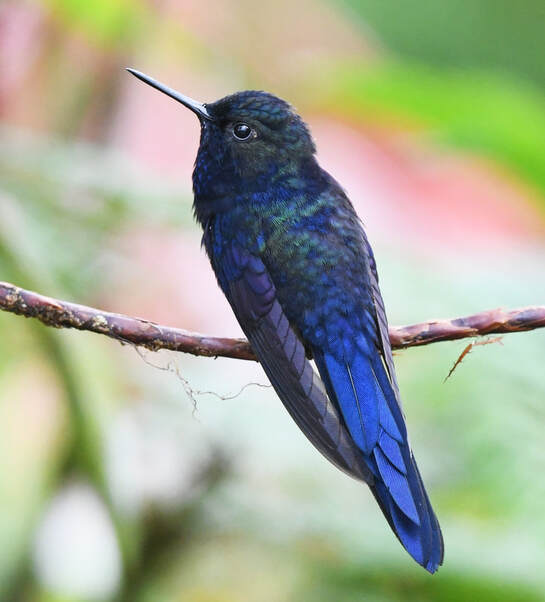
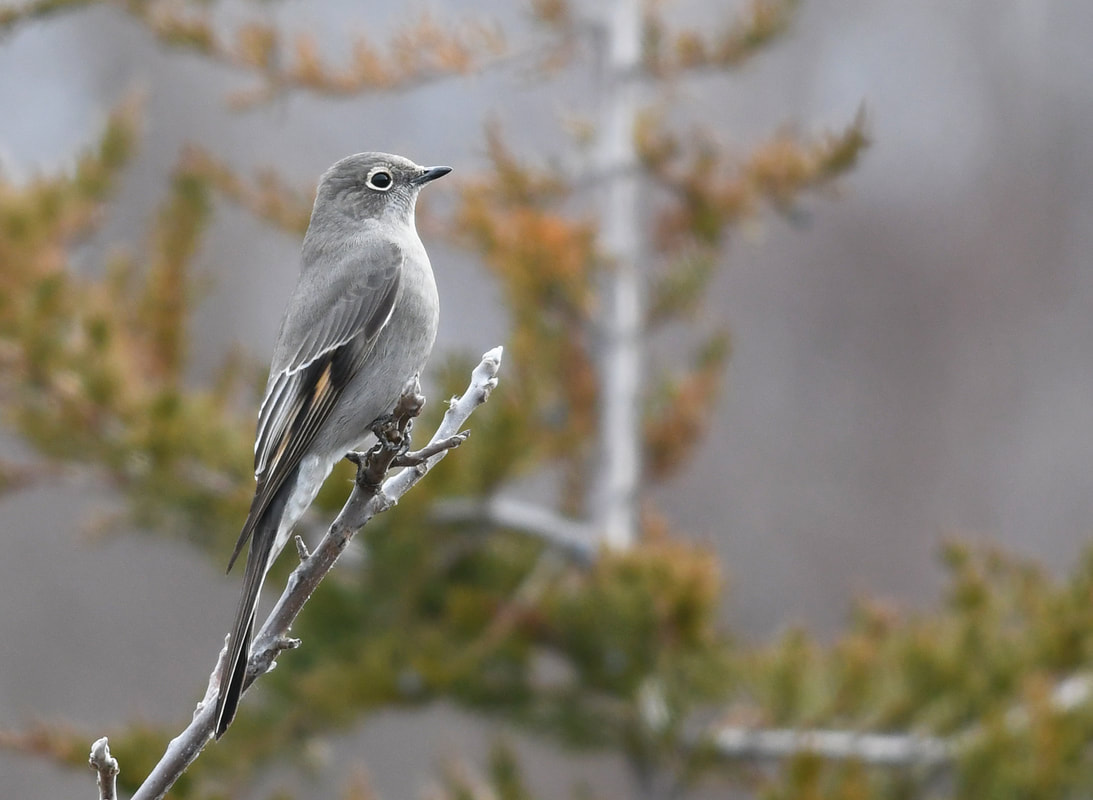
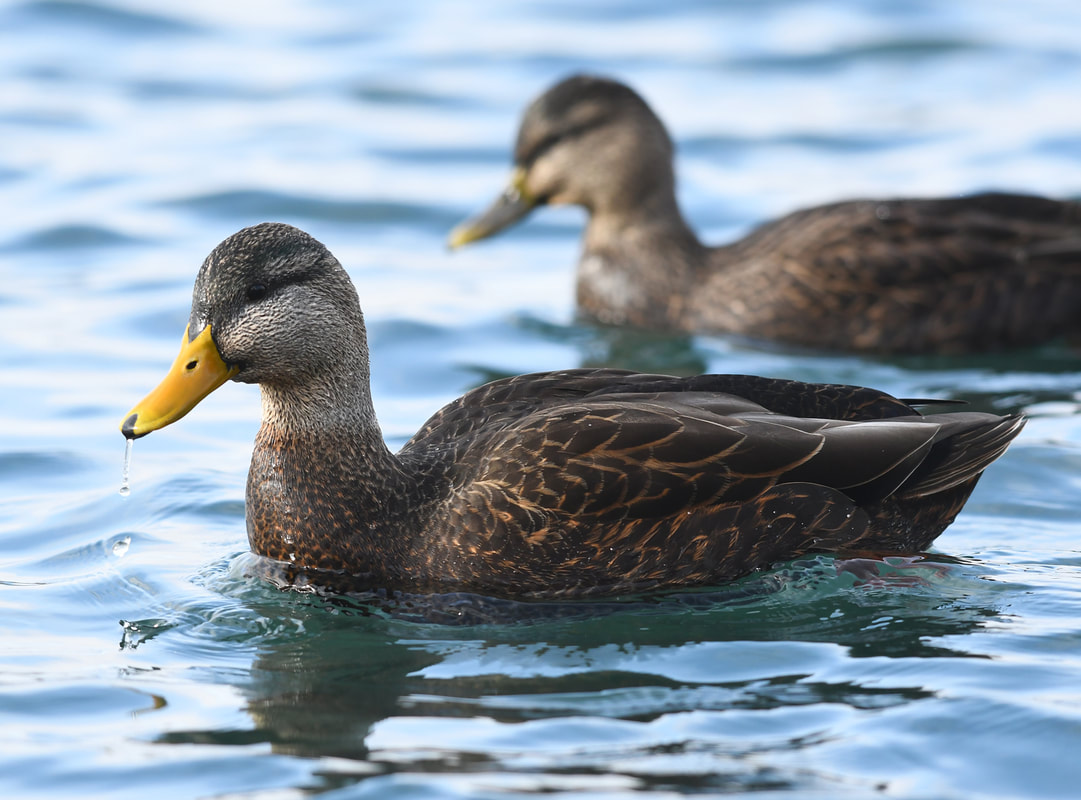
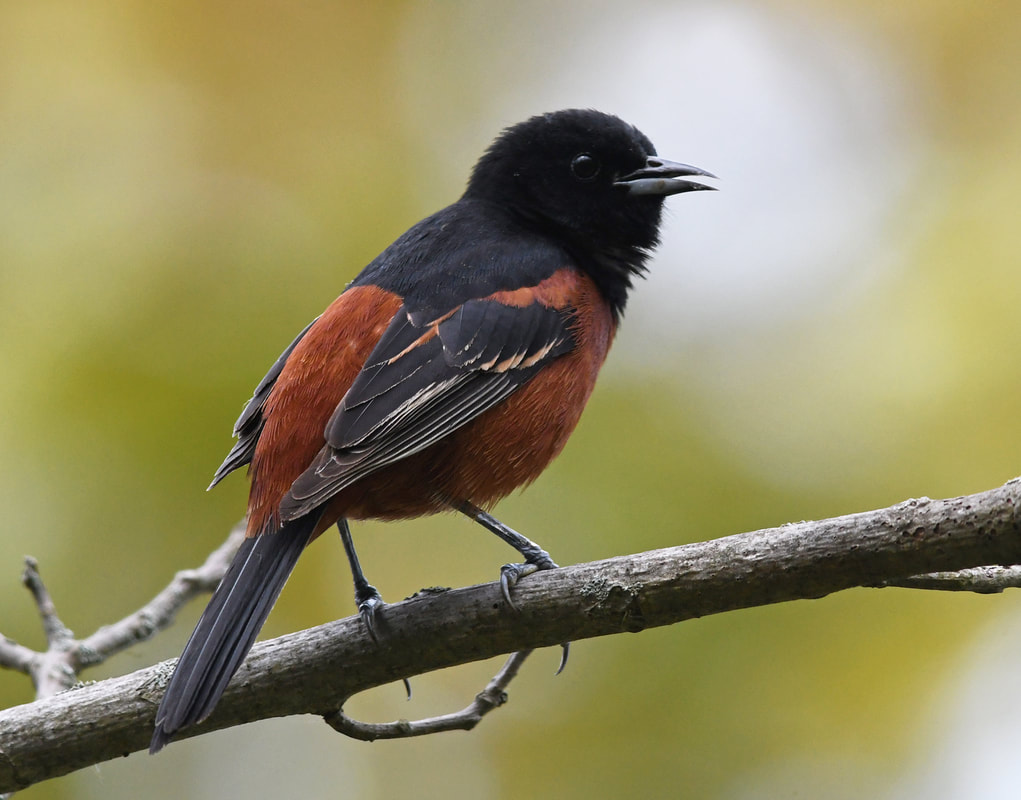
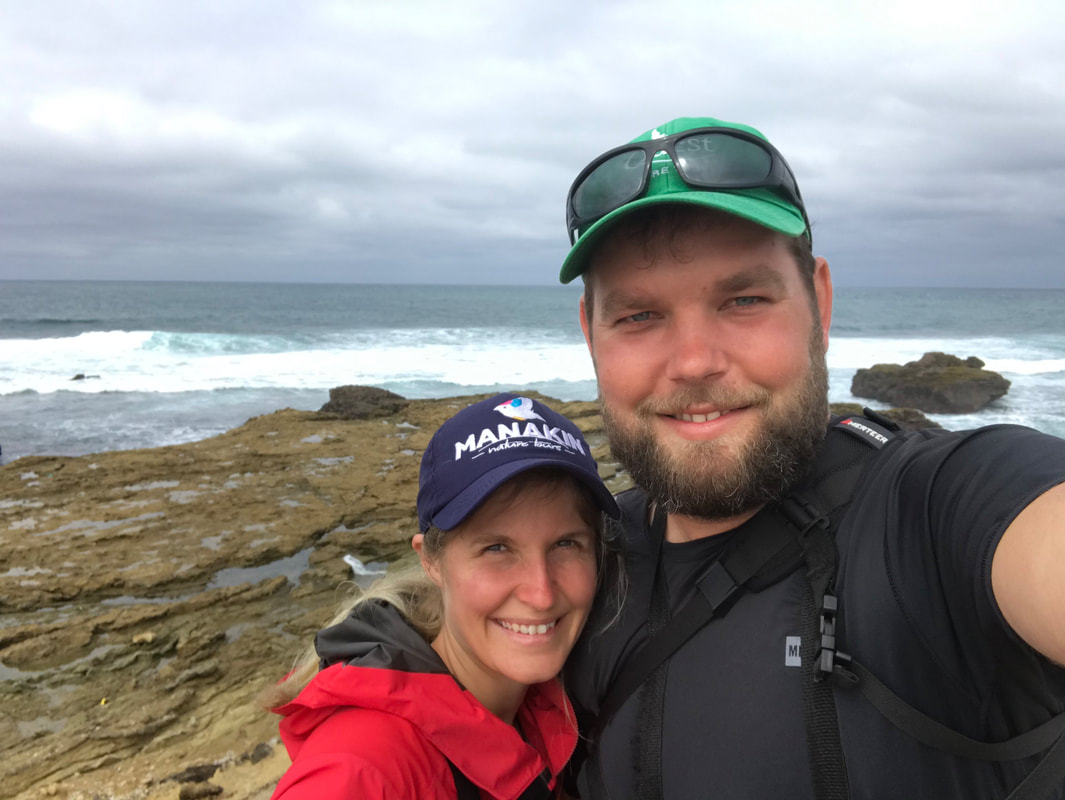
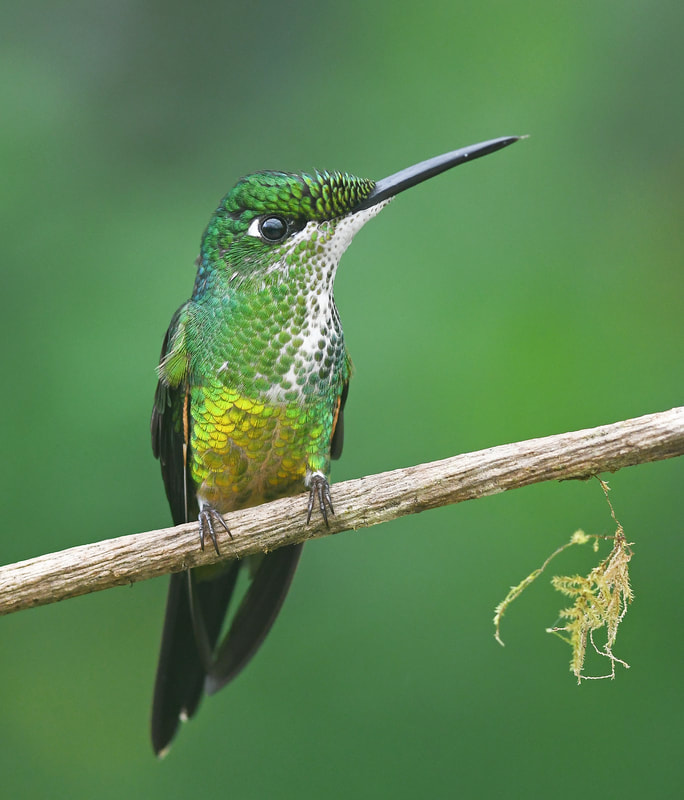
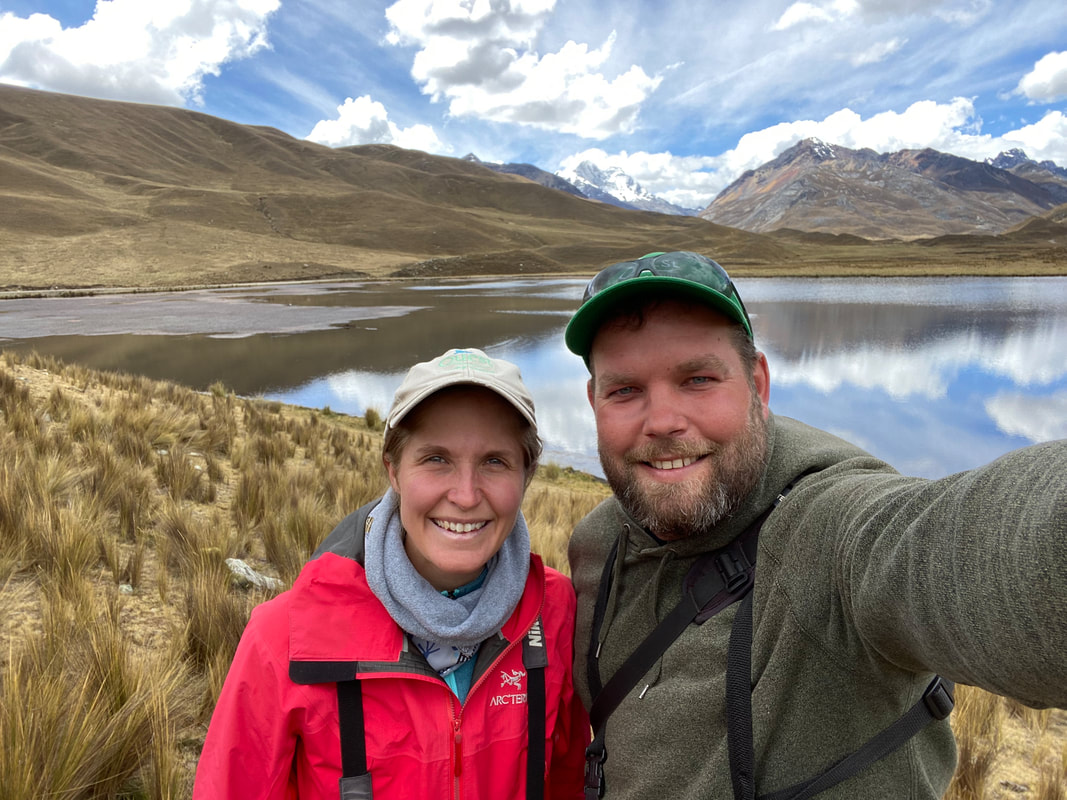
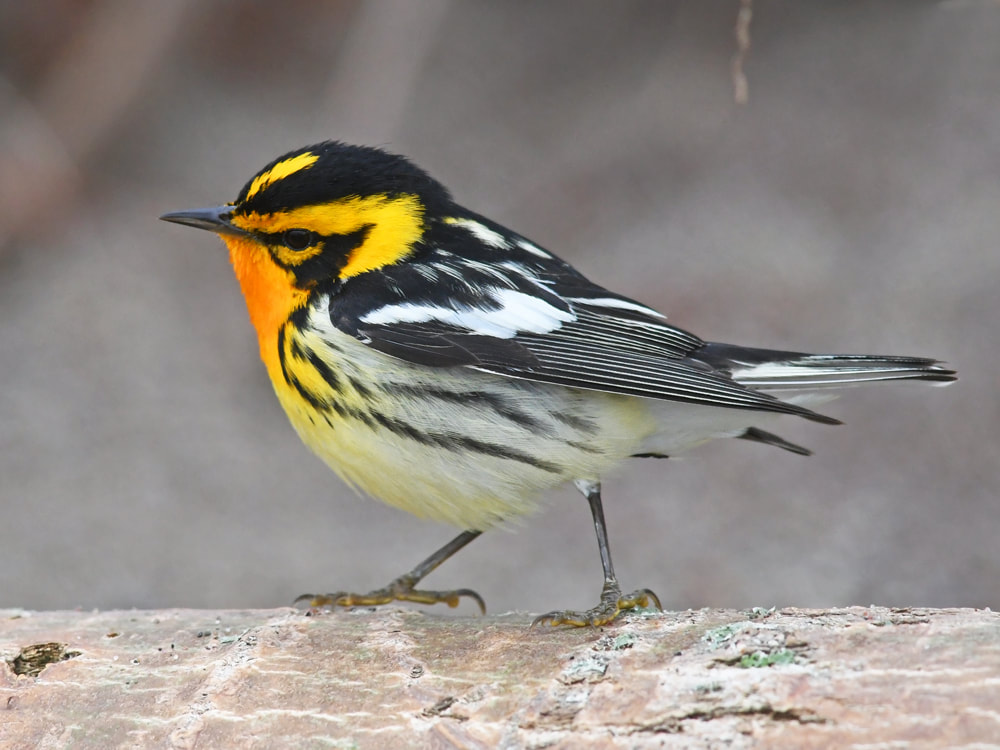
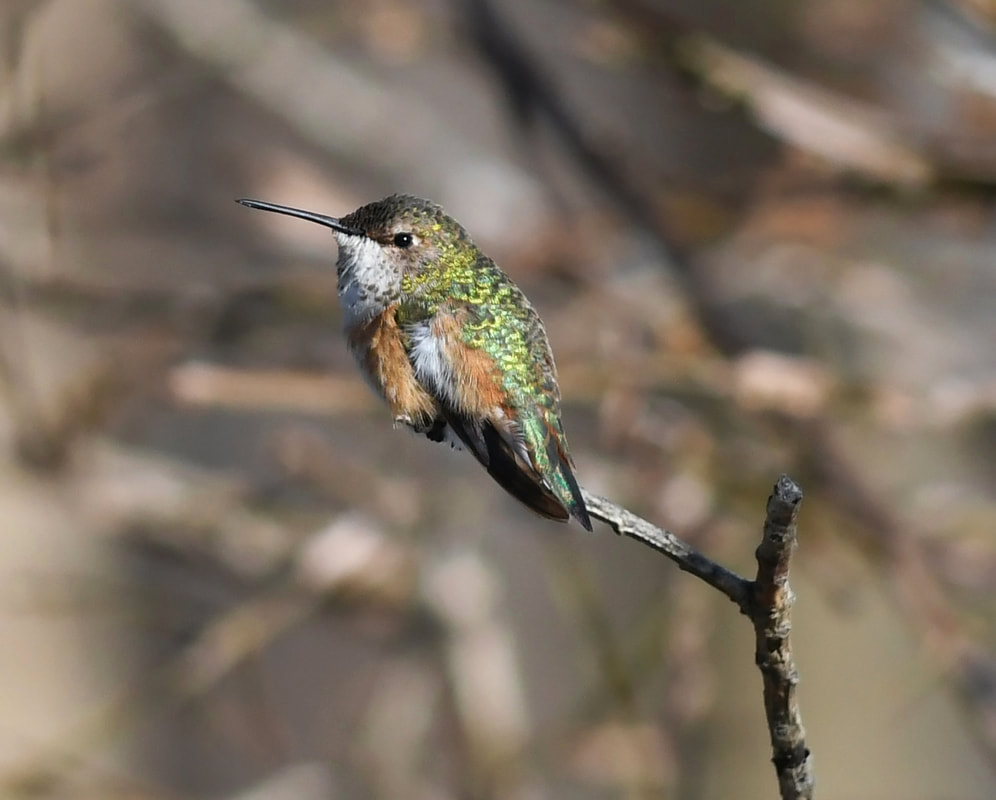
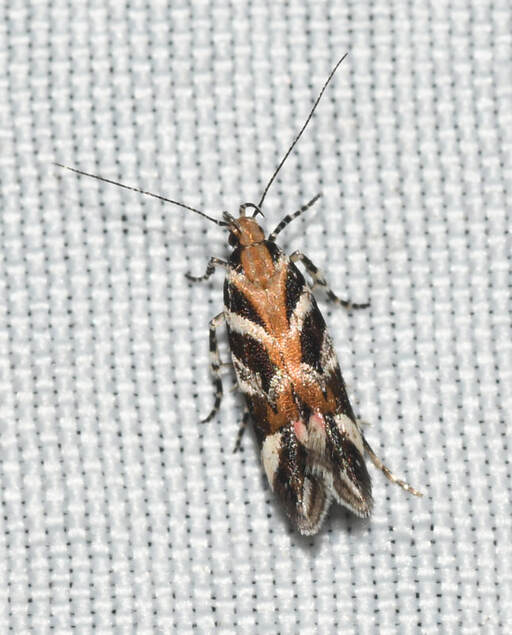
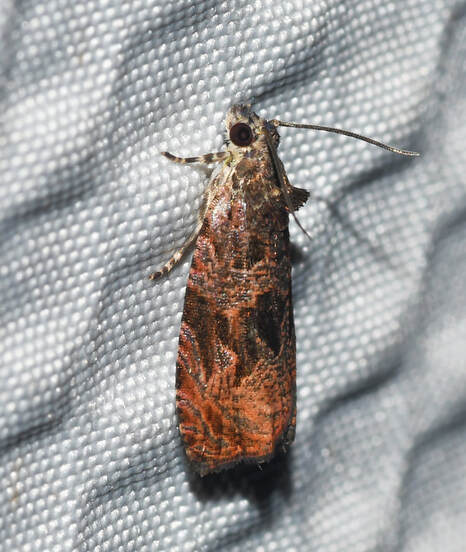
 RSS Feed
RSS Feed